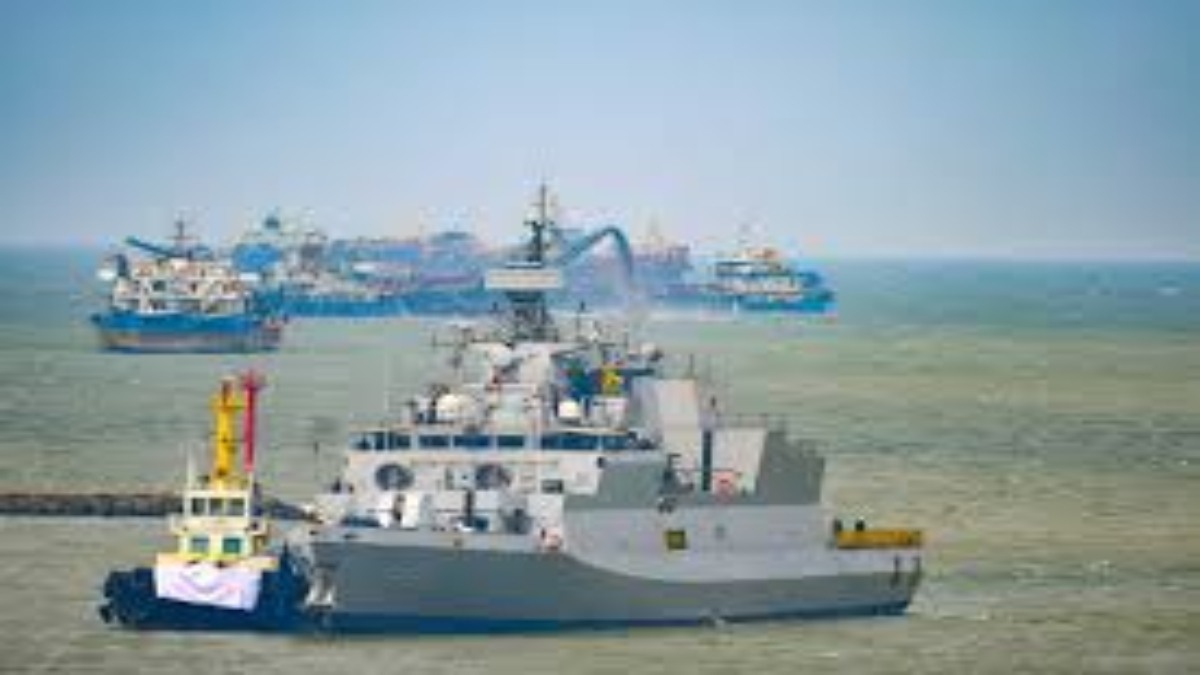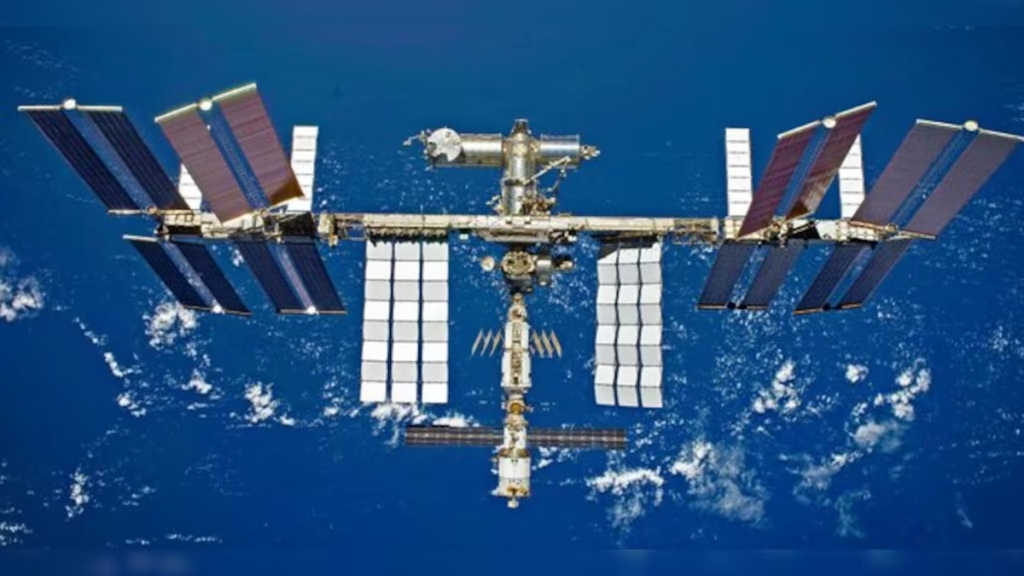Now Reading: A New Alliance: India and Philippines Conduct First-Ever Joint Naval Exercise
-
01
A New Alliance: India and Philippines Conduct First-Ever Joint Naval Exercise
A New Alliance: India and Philippines Conduct First-Ever Joint Naval Exercise

In a significant display of deepening defense cooperation and a shared commitment to maritime security, the navies of the Philippines and India have held their first-ever joint sail in the disputed waters of the South China Sea. The two-day exercise, which began on Sunday, marks a notable moment in the Philippines’ efforts to bolster its alliances in the face of ongoing tensions in the waterway.
The joint sail, a coordinated patrol activity, involved three Indian naval vessels—a guided-missile destroyer, a tanker, and a corvette—and two frigates from the Philippine Navy. According to Philippine military officials, the activity took place within the Philippines’ exclusive economic zone and was a “clear demonstration of our mutual resolve to safeguard freedom of navigation and uphold the law of the sea.” While no “untoward incidents” were reported, Philippine authorities noted that they were “shadowed,” an expected occurrence in the heavily contested region.
This historic naval collaboration coincides with a state visit by Philippine President Ferdinand Marcos Jr. to New Delhi, where he is scheduled to hold talks with Indian Prime Minister Narendra Modi. The timing of the events underscores the growing strategic partnership between the two nations, with a focus on strengthening maritime ties and exploring further defense agreements.
The joint sail is the latest in a series of “maritime cooperative activities” that the Philippines has conducted with a number of international partners, including the United States, Japan, Australia, France, and Canada. These activities are part of a broader strategy by Manila to counter Beijing’s expansive claims to nearly the entire South China Sea, which a 2016 international tribunal ruling declared to have no legal basis. China has consistently rejected this ruling and views such joint patrols as an outside intervention in a matter that should be resolved by the countries directly involved.
For India, the joint sail is a powerful signal of its “Act East” policy and its expanding role in the Indo-Pacific region. As a member of the Quad, a strategic security dialogue between the United States, Japan, Australia, and India, New Delhi has its own border disputes with China in the Himalayas and shares a vision for a rules-based international order. The exercise in the South China Sea is seen as a way for India to project its influence and strengthen military and security cooperation with key Southeast Asian nations.
The defense relationship between India and the Philippines has been growing in recent years. In a landmark deal, the Philippines became the first foreign country to acquire India’s BrahMos supersonic cruise missile system. President Marcos has expressed interest in acquiring more Indian-made defense equipment, citing their quality and affordability. This growing defense trade and military cooperation serve as a tangible link between the two nations’ shared strategic interests.
While some analysts have described the joint drills as more “symbolic than substantive,” highlighting India’s “gesture politics,” both nations see the exercise as a vital step in their bilateral relationship. The joint sail in the South China Sea is a clear indication that both countries are committed to working together to promote regional stability, maritime security, and a free and open Indo-Pacific.










